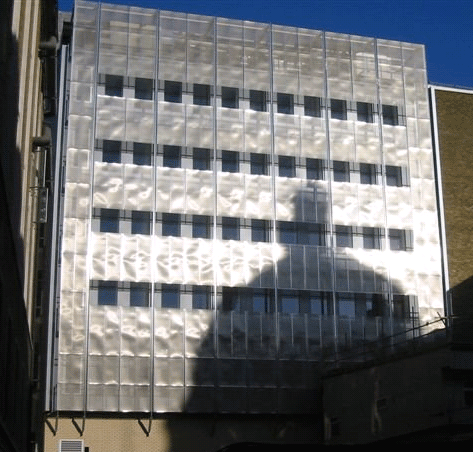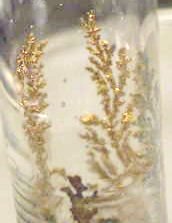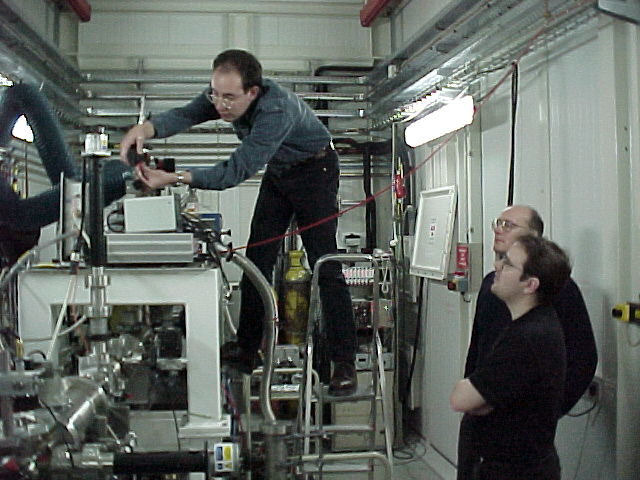
|
 |
Mark Ellerby (CMMP) - Research
Our research interests mainly concern the properties of intercalated materials and electronic liquids.
This research involves a variety of experimental
and computational techniques, including low temperature transport studies, magnetometry, neutron and X-ray scattering.
Examples of some of our current research projects are given below.
Superconducting Graphite Intercalates
| Low dimensionality is generally considered as a necessary ingredient
for high superconducting transition temperatures. Surprisingly, perhaps,
systems based on graphite have received relatively little attention in this context.
Introducing metal atoms between the carbon layers can
tune the interlayer spacing and charging of the graphite
host through a variety of electronic ground states. One
such ground state is superconductivity, which is not
present in pure graphite. Here we report the discovery of
superconductivity in the intercalation compounds C6Yb
and C6Ca, with transition temperatures of 6.5 and 11.5 K,
respectively. These critical temperatures are unprecedented
in graphitic systems and have not been explained by a
simple phonon mechanism for the superconductivity. This
discovery has already stimulated several proposals for the
superconducting mechanism that range from coupling by
way of the intercalant phonons through to acoustic plasmons.
It also points towards the potential of superconductivity in
systems such as carbon nanotubes.
|
Electronic Solutions
| Electronic Solutions are formed when a metal dissolves in a polar solvent
without chemical reaction, the prototypical solvent being liquid ammonia.
This process reversibly releases excess electrons into the liquid, creating a
solution of fundamental particles! The presence of these electrons results
in liquids that are truly extraordinary, and which have a unique combination of
properties which are yet to be exploited. For example; very low density, very
low viscosity, a deep pseudoeutectic (giving the lowest temperature liquid metals),
a concentration driven metal-nonmetal transition, liquid-liquid phase separation,
highly conducting glassy phases, high electrical conductivity, and exceptionally
high redox reactivity.
|
Our recent neutron and X-ray scattering experiments on these liquids have illucidated the structure
and dynamics of these extraordinary liquids, including the solvation of the electron (polaraons and
bipolarons) and the mechanisms of electron delocalisation. In addition, we have used these liquids
as solvents for carbon nanostructures (fullerides) - and shown how C60 is solvated
(Dr Christopher Howard).
|
 |



|




